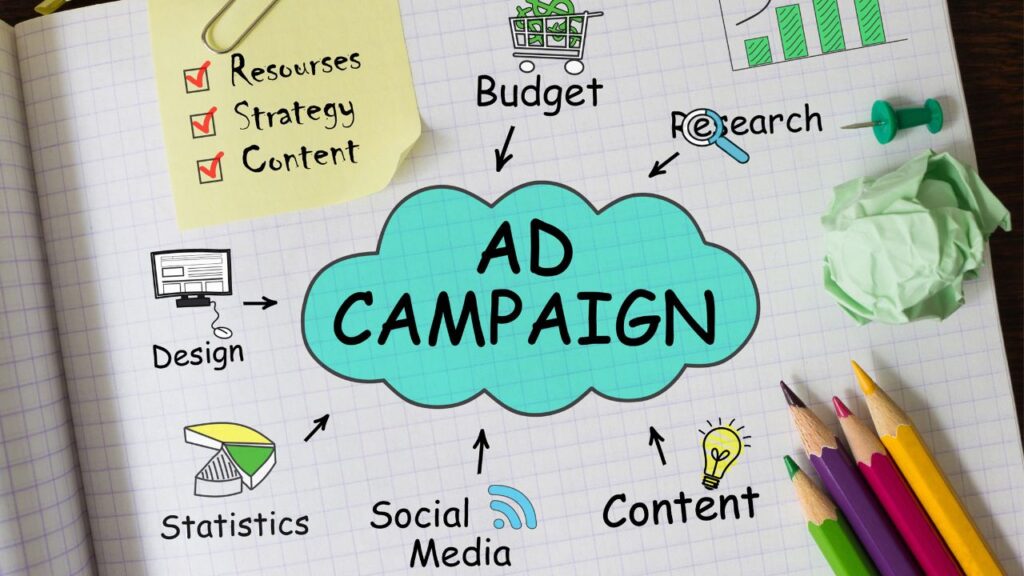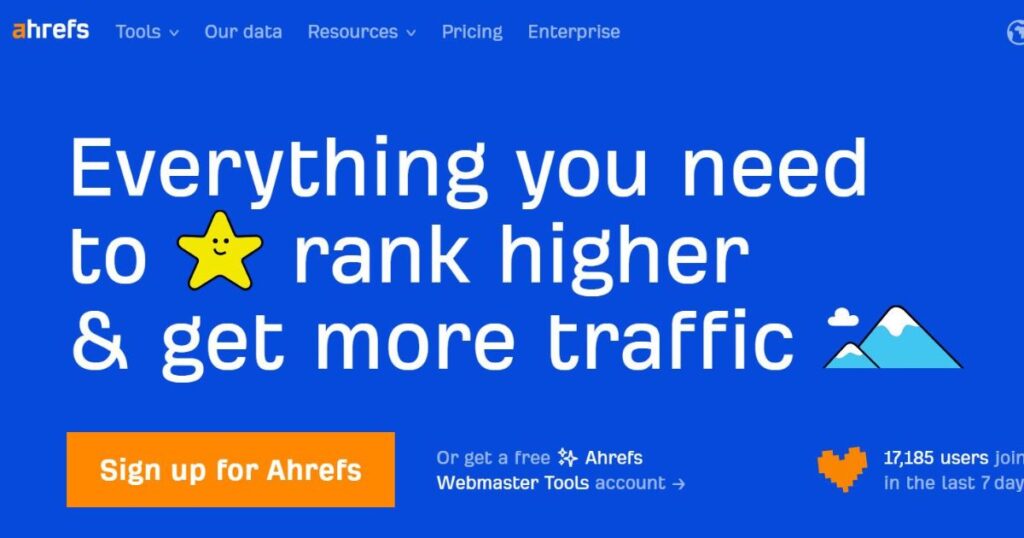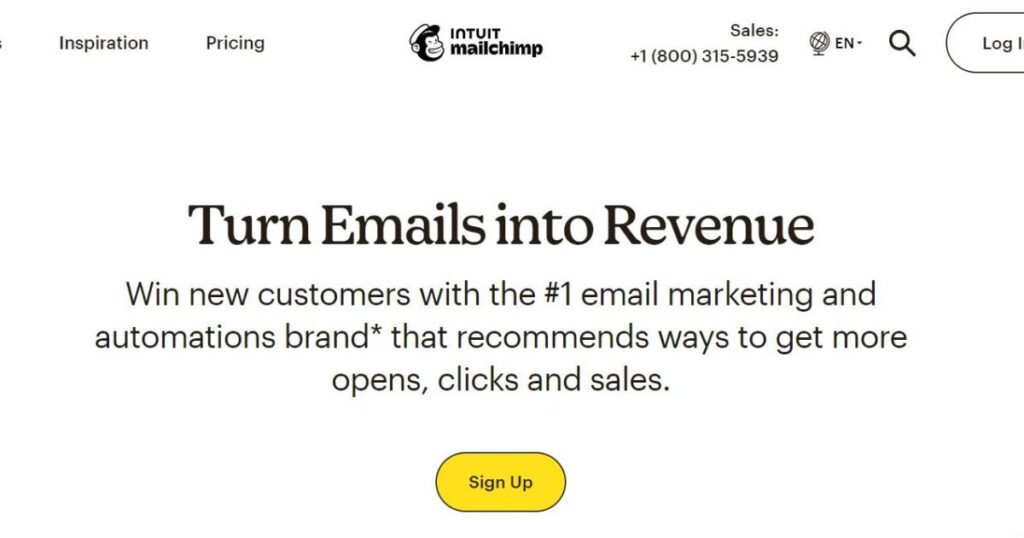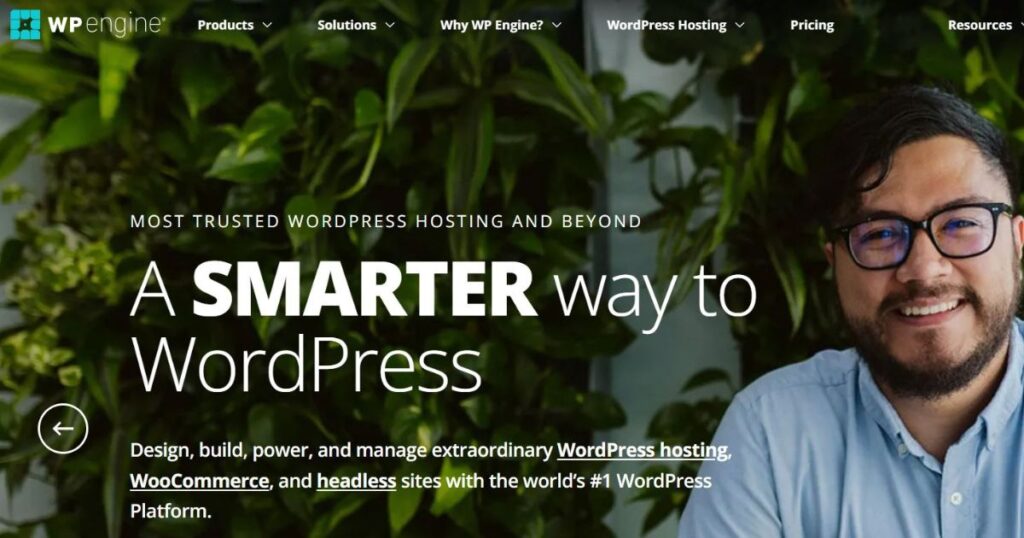Introduction
Google’s search engine is the world’s leading search engine, with a staggering 93% market share, and is responsible for 76% of global searches.
Google Search and Shopping ads are among the most popular ways digital marketers use to reach their target audience while they’re typing a search query that is related to what their business has to offer.
This genius matching between users’ search intent and a super targeted at the exact right time is what’s made Google search ads so successful, and advertisers so happy.
But while search advertising is a great way to serve existing demand in real-time, it falls short to reach more passive users and generate growth. These relevant audiences might be interested in what your business is selling, but they aren’t actively searching for it at that very moment. Google Display ads answer this need exactly.
But in order for an ad to be effective, it must deliver a powerful value proposition.

In this article, I’ll first explain what a value proposition is, then I’ll review some basics about Google Display ads. We’ll then go over some best practices on how to craft a strong value proposition in your display campaigns.
What is a value proposition?
In marketing, a value proposition is a concise statement of the value that a company is delivering to customers who buy its products or services. It is similar to a brand mission, however, it’s usually more product or service specific, and more tangible to its target audience.
Every ad should convey a value proposition, whether it’s in text, image or video format. The same goes for websites, and that’s especially important for SaaS products.
A good value proposition connects between what your company offers and what its target audience needs. A successful value proposition helps to turn a prospect into a paying customer.
Now let’s go on to discuss the wonderful toolset of Google Display ads.
What are Google Display ads?
Google Display ads allow advertisers to reach their target audience with banner ads in different formats, all across the Google Display Network, which reaches ca. 80% of internet users worldwide.
Google Display campaigns are a great way for brands to grow further beyond their existing customer base. According to Wordstream, 27% of consumers conduct a search for a business after seeing their display ad, and there’s a 59% lift in conversion rate when users conducted a search related to a display ad.
Display campaigns are also very popular for remarketing purposes.
In the table below are a few key differences between Google search and display campaigns:
| Campaign Type | Search | Display |
|---|---|---|
| Where ads meet prospects | During an active search for a product or service | During passive browsing on the internet |
| Where do ads show | Google SERP | Websites, Apps, Gmail, YouTube |
| Targeting | Based on keywords | Based on audiences or content |
| Avg. CPC | $3.12 | $0.68 |
| Avg. CTR | 1.5% | 0.47% |
| Avg. CVR | 3.17% | 0.46% |
Running a display campaign is a great way to drive relatively cheap traffic to your website. While this traffic may not be ready to buy from you at this first step, good targeting and a strong value proposition on the ads and on your landing pages should help to convince visitors to consider your offering and come back to you later.
What are Google Display Ads used for?
Display campaigns are commonly used for two main objectives:
- Retargeting of recent visitors to your website
- Building brand awareness and reaching relevant groups
In retargeting (interchangeable with remarketing), digital marketers can define which users they’d like to show ads to based on various criteria. They can start by only selecting those in the relevant geography, e.g. the U.S., and focus only on visitors who have performed a specific action (viewed a product detail page), viewed a specific landing page, or visited the website during the last 7 days.
As display retargeting campaigns target users in the low funnel (also known as BOFU – Bottom of Funnel), the objective with those is usually to bring users back to the website and perform a valuable action – complete a purchase, fill out a lead form or schedule a demo.
For display awareness or prospecting campaigns, the objective is usually either pure ad impressions or traffic (landing page views). These exposed users will enter the high funnel (also known as TOFU – Top of Funnel), and from there a certain share will trickle down the marketing funnel.
While using display ads to increase awareness and reach new users, marketers often use geo-demographic attributes, placements (relevant websites prospects might visit), affinity audiences, e.g. people interested in cooking shows, and even custom audiences defined by the marketer, e.g. people who searched for competitor keywords or visited their websites.
Available ad types on Google Display campaigns
20 years ago, the only type of display ads were static banners and advertisers had to design a banner set of 10-20 different sizes that should fit in all the right places.
This type of setup is still possible within Google Display campaigns and offers complete control over the form of the ad and its elements. The downside is that you’ll need to create your ad in many sizes, and won’t be able to show them on 2 of Google’s prime placements – Gmail and YouTube.
Responsive Display Ads are a newer option, that allows advertisers to upload several images and a video ad, preferably without overlay copy. A headline and a description will be added as text separately, and Google’s AI algorithm will create different combinations of placement, image, video, and text and optimize to show the best-performing combination.
A huge advantage of responsive ads is that ads will show across websites, apps, Gmail, and YouTube. An additional benefit is that thanks to this flexibility advertisers may get a higher reach for their budget. On the other hand, leaving your ad’s design to Google’s AI means less control over its appearance.

Ecommerce marketers can also link a Google Display campaign to their product feed, and show the audience their products directly, without an overlay banner ad. Users who click a product ad will land directly on the product’s specific landing page. This ad type is used a lot, but less relevant for the topic of this article.
Targeting on Google Display campaigns
There are two main approaches to targeting in display campaigns:
- Contextual targeting:
- Placement targeting – that’s the most obvious one. Advertisers can select on which websites, apps, or YouTube channels their ads will show. From my experience, this could be too narrow, leaving out relevant prospects and pushing CPCs too high.
- Topic targeting – target webpages, apps, and videos about a certain topic (select from a list).
- Keyword targeting – target by terms related to your products or services to target relevant websites. Keyword targeting is similar to topic targeting, but here advertisers aren’t limited by Google Ads’ list.
- People targeting:
- Demographic targeting – Target according to age, gender, and parental status. This is becoming less relevant with the increasing privacy concerns of recent years, as Google often doesn’t show this data in Google Analytics or Ads anymore. One can target only women for example, but they might miss out on a growing group of users for whom the gender info isn’t available.
- Audience targeting – Target based on interests and behaviors, including past visitors. Within audiences, marketers can choose between affinity audiences (high funnel, interest-based), in-market audiences (middle funnel, Google identifies them as being closer to making a purchase) and custom audiences.
Digital marketers often layer different targeting options, however, it’s advised to separate retargeting audiences from prospecting ones.
How to create a powerful value proposition
Online users have an extremely short attention span, estimated to be less than 2 seconds. In order for an ad to work, it must first grab users’ attention. This is part of a strong graphic design – colors, contrasts, contours, typography, etc.
Once the eyeballs are with us, we get a similarly short amount of time to tell our audience about our value proposition – what we offer, and what’s in it for them.
From my experience, a good value proposition is critical in order to get the best results. Conveying your product’s benefits to users in a clear, concise manner, when the users aren’t really open to marketing is a true art.
A value proposition has 3 parts:
- Headline: Describes the benefit potential customers will receive as a result of making a purchase from your business. It should be clear and concise.
- Sub-headline: Explain in detail what your company offers, to whom, and why.
- Visual element: Sometimes a video or an image may convey your value proposition better than words alone can, or adds to it.
As discussed earlier, a powerful value proposition identifies your customers’ pain and offers the benefits of your product to solve it. There are several common methods to create it:
- The Steve Blank method: Instead of focusing on the product’s features, this approach emphasizes the benefits derived from the features in a simple sentence. The formula for such a sentence is: “We help (X) do (Y) by doing (Z)”
- Harvard Business School Method: According to HBS a value proposition is executed best when it answers the following questions:
- “What is my brand offering?”
- “What job does the customer hire my brand to do?”
- “What companies and products compete with my brand to do this job for the customer?”
- “What sets my brand apart from competitors?”
- Peter Thomson’s ‘The Value Proposition Canvas’: According to this model, a company’s value proposition can focus on different aspects, of both its products and its prospects. Business owners and marketers can test these different aspects to see which one resonates more with their target audience, and then double down on it. The aspects are:
- What do prospects need?
- What do prospects want?
- What do prospects fear?
- What’s the experience of using the product or service like?
- What are the features of the product or service?
- What are the benefits of using the product or service?
- What are the substitutes for the product or service?
Examples of good value propositions
Ahrefs (SEO tool)

Headline: “Everything you need to rank higher & get more traffic”
Sub-Headline: None on the page. Instead, elements above the fold include a CTA to sign up and social proof.
Mailchimp (CRM tool)

Headline: “Turn Emails into Revenue”
Sub-Headline: “Win new customers with the #1 email marketing and automations brand* that recommends ways to get more opens, clicks, and sales.”
WPEngine (WordPress hosting platform)

Headline: “A smarter way to WordPress”
Sub-headline: “Design, build, power, and manage extraordinary WordPress hosting, WooCommerce, and headless sites with the world’s #1 WordPress Platform.”
Conclusion
Crafting a powerful value proposition is crucial for the success of marketing campaigns. The best display ads include a value proposition that identifies the needs, wants, or fears of the target audience and offers a solution with the benefits of the product or service.
Google Display campaigns offer a great way to deliver this message beyond the existing demand and acquire new customers.
Further Reading:
- How to Create Powerful Dynamic Remarketing Ads on Google
- Automation Magic: Enhance Results with Responsive Display Ads
- Google Dynamic Search Ads: A Great Way to Boost Your Online Sales
- How to Create a Google Ads Search Campaign for Ecommerce: A Step-by-step Guide
- 13 Ways To Optimize Google Shopping Ads (In A Profitable Way)

